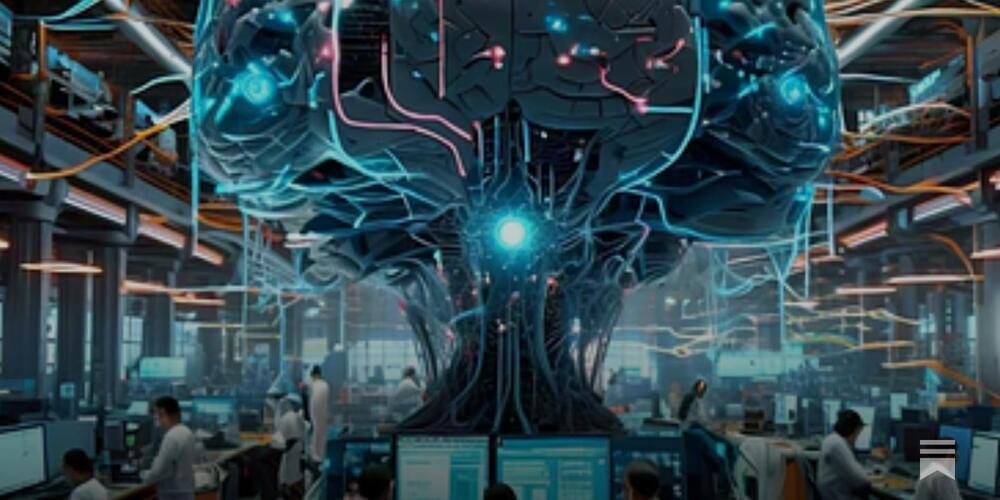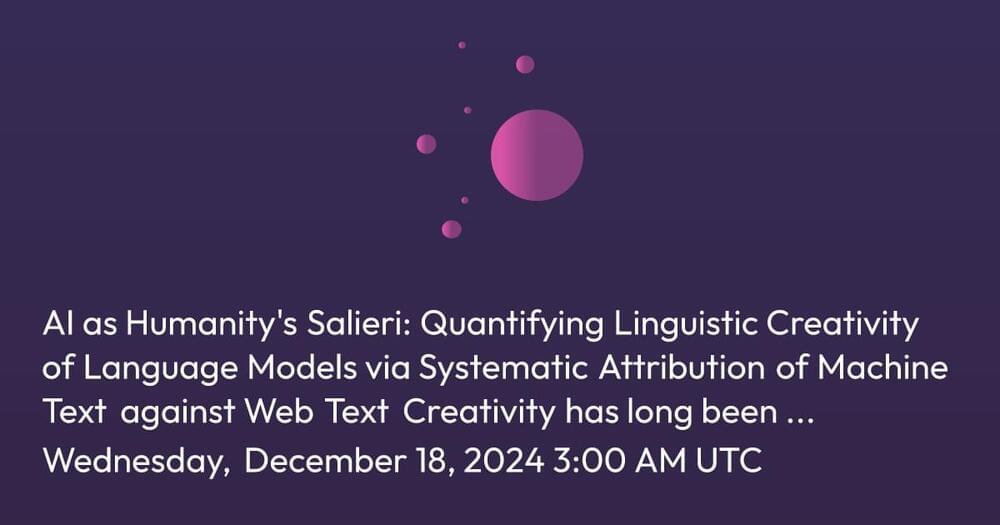An initially “unknown” illness affecting hundreds in the Democratic Republic of the Congo may be attributable to malaria, malnutrition and a viral infection. But investigations are ongoing.
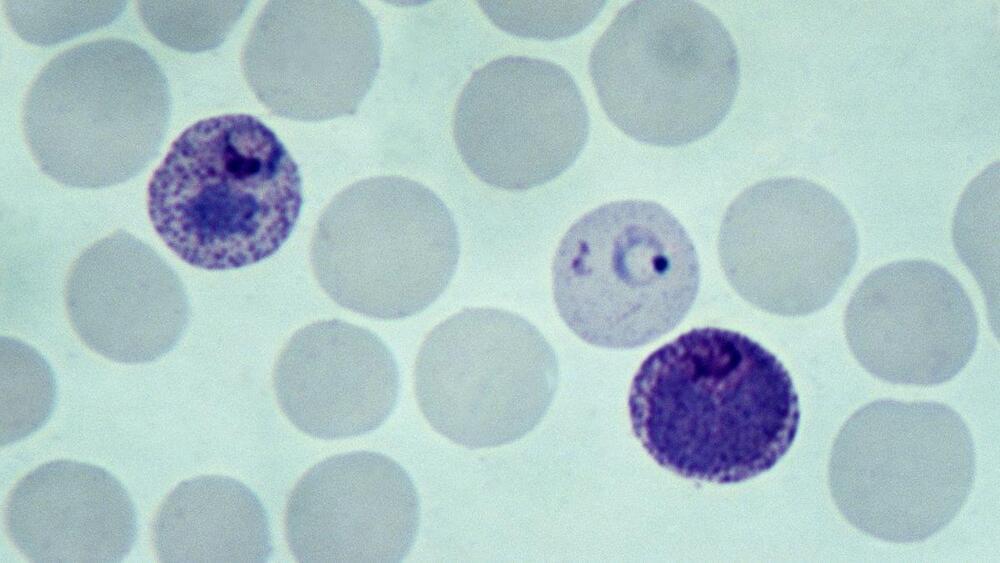

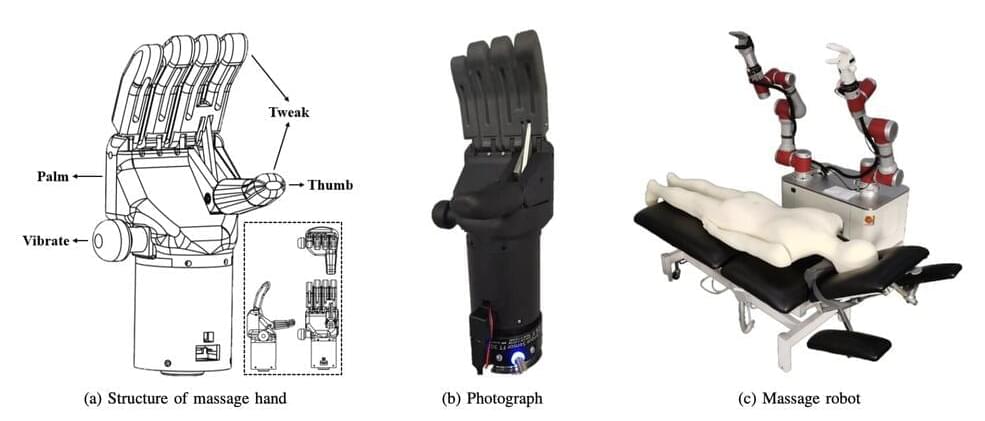
In recent years, roboticists have developed a wide range of systems that could eventually be introduced in health care and assisted living facilities. These include both medical robots and robots designed to provide companionship or assistance to human users.
Researchers at Shanghai Jiao Tong University and the University of Shanghai for Science and Technology recently developed a robotic system that could give human users a massage that employs traditional Chinese medicine (TCM) techniques. This new robot, introduced in a paper on the arXiv preprint server, could eventually be deployed in health care, wellness and rehabilitation facilities as additional therapeutic tools for patients who are experiencing different types of pain or discomfort.
“We adopt an adaptive admittance control algorithm to optimize force and position control, ensuring safety and comfort,” wrote Yuan Xu, Kui Huang, Weichao Guo and Leyi Du in their paper. “The paper analyzes key TCM techniques from kinematic and dynamic perspectives and designs robotic systems to reproduce these massage techniques.”
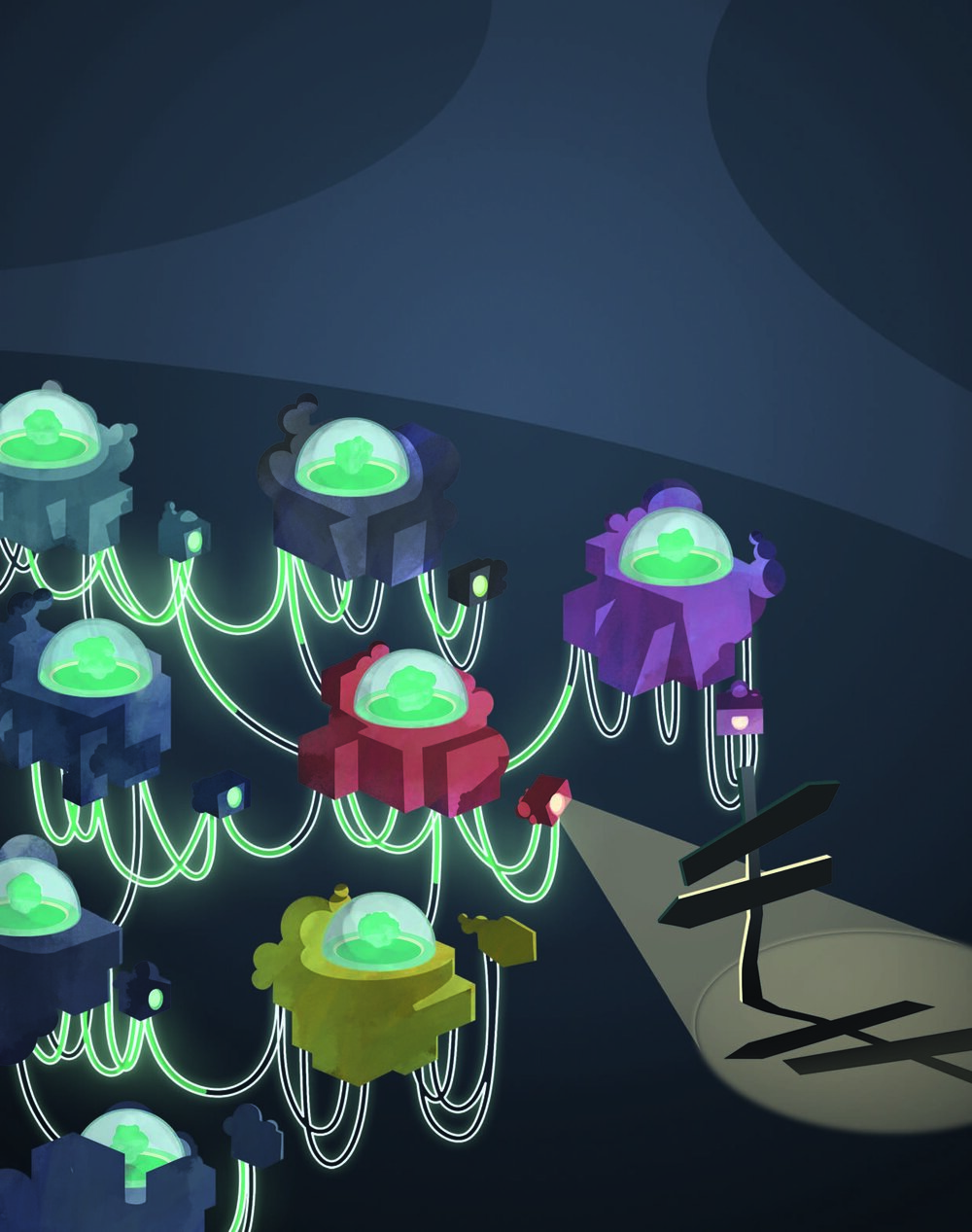
Westlake University in China and the California Institute of Technology have designed a protein-based system inside living cells that can process multiple signals and make decisions based on them.
The researchers have also introduced a unique term, “perceptein,” as a combination of protein and perceptron. Perceptron is a foundational artificial neural network concept, effectively solving binary classification problems by mapping input features to an output decision.
By merging concepts from neural network theory with protein engineering, “perceptein” represents a biological system capable of performing classification computations at the protein level, similar to a basic artificial neural network. This “perceptein” circuit can classify different signals and respond accordingly, such as deciding to stay alive or undergo programmed cell death.
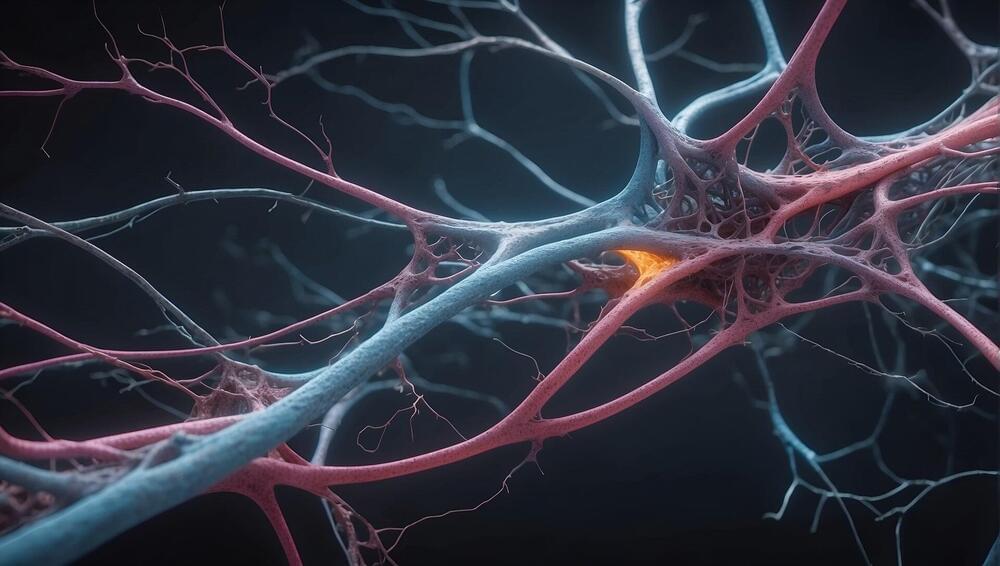
Salt, or more precisely the sodium it contains, is very much a “Goldilocks” nutrient. Low sodium levels cause a drop in blood volume, which can have serious, sometimes deadly, health consequences. Conversely, too much salt can lead to high blood pressure and cardiovascular disease.
In modern America, where most people consume a high-salt diet, almost no one is in danger of having too little salt. However, given the critical importance of sodium for body and brain functions, evolution has developed a powerful drive to consume salt in situations where there is a deficiency.
Understanding the brain circuitry that controls salt appetite has proved elusive, but now a new study by University of Iowa researchers has identified the first and, thus far, only neurons necessary for salt appetite.
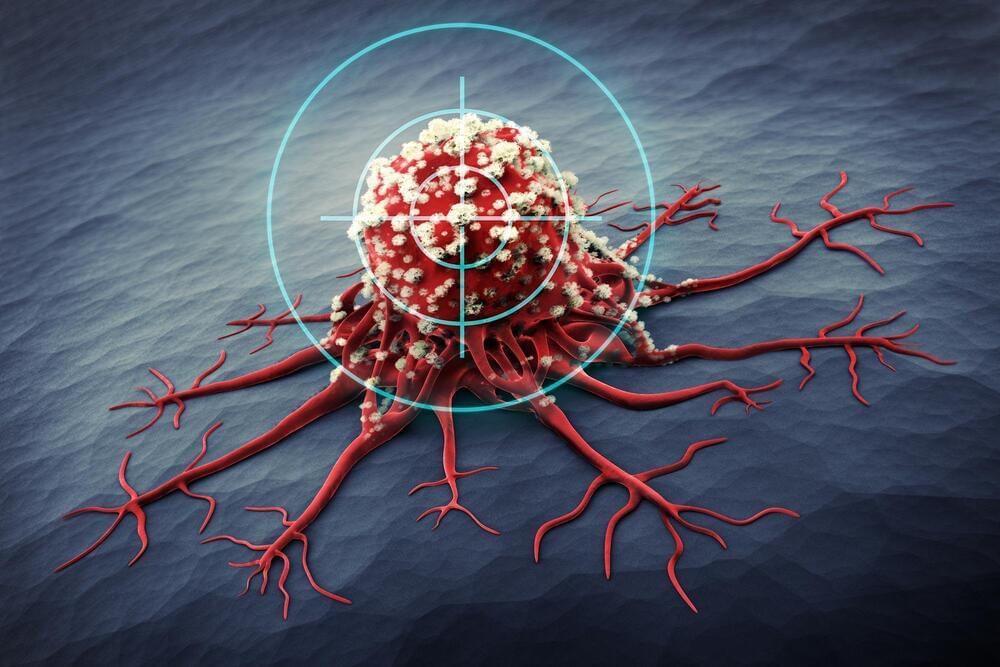
Patients with late-stage cancer often have to endure multiple rounds of different types of treatment, which can cause unwanted side effects and may not always help.
In hopes of expanding the treatment options for those patients, MIT researchers have designed tiny particles that can be implanted at a tumor site, where they deliver two types of therapy: heat and chemotherapy.
This approach could avoid the side effects that often occur when chemotherapy is given intravenously, and the synergistic effect of the two therapies may extend the patient’s lifespan longer than giving one treatment at a time. In a study of mice, the researchers showed that this therapy completely eliminated tumors in most of the animals and significantly prolonged their survival.
To harness the power of the sun and make sugars for energy storage, plants use photosynthesis. But some plants are more efficient at it than others. For the first time, researchers have identified a key step in the transformation between old-fashioned C3 photosynthesis and new and improved C4 photosynthesis — which could lead to the development of more efficient, more resilient “super crops,” SciTechDaily reports.
Scientists at the Salk Institute in San Diego, California, collaborated with researchers at the University of Cambridge to make the breakthrough, charting the evolution of plants over millions of years.
While 95% of plants use C3 photosynthesis, SciTechDaily explained, a new group of plants evolved to use C4 photosynthesis around 30 million years ago.
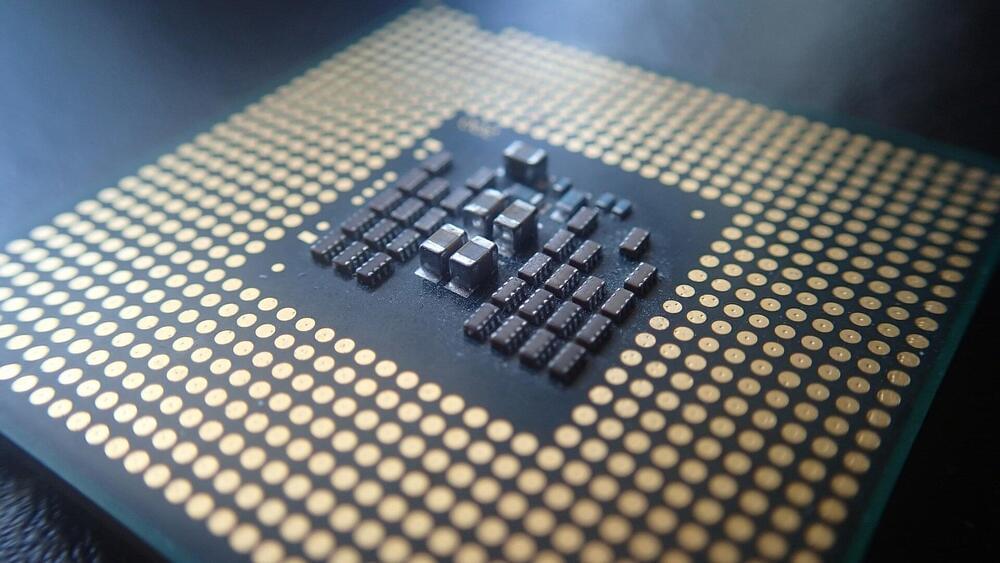
The electronics industry is approaching a limit to the number of transistors that can be packed onto the surface of a computer chip. So, chip manufacturers are looking to build up rather than out.
Instead of squeezing ever-smaller transistors onto a single surface, the industry is aiming to stack multiple surfaces of transistors and semiconducting elements—akin to turning a ranch house into a high-rise. Such multilayered chips could handle exponentially more data and carry out many more complex functions than today’s electronics.
A significant hurdle, however, is the platform on which chips are built. Today, bulky silicon wafers serve as the main scaffold on which high-quality, single-crystalline semiconducting elements are grown. Any stackable chip would have to include thick silicon “flooring” as part of each layer, slowing down any communication between functional semiconducting layers.
It’s getting harder to harder to ignore the potential disruptive power of AI in research. Scientists are already using AI tools but could the future lead to complete replacement of humans? How will our scientific institutions transform? These are difficult questions but ones we have to talk about in today’s episode.
Written, presented \& edited by Prof. David Kipping.
→ Support our research: https://www.coolworldslab.com/support.
→ Get merch: https://teespring.com/stores/cool-wor…
→ Check out our podcast: / @coolworldspodcast.
THANK-YOU to T. Widdowson, D. Smith, L. Sanborn, C. Bottaccini, D. Daughaday, S. Brownlee, E. West, T. Zajonc, A. De Vaal, M. Elliott, B. Daniluk, S. Vystoropskyi, S. Lee, Z. Danielson, C. Fitzgerald, C. Souter, M. Gillette, T. Jeffcoat, J. Rockett, D. Murphree, M. Sanford, T. Donkin, A. Schoen, K. Dabrowski, R. Ramezankhani, J. Armstrong, S. Marks, B. Smith, J. Kruger, S. Applegate, E. Zahnle, N. Gebben, J. Bergman, C. Macdonald, M. Hedlund, P. Kaup, W. Evans, N. Corwin, K. Howard, L. Deacon, G. Metts, R. Provost, G. Fullwood, N. De Haan, R. Williams, E. Garland, R. Lovely, A. Cornejo, D. Compos, F. Demopoulos, G. Bylinsky, J. Werner, S. Thayer, T. Edris, F. Blood, M. O’Brien, D. Lee, J. Sargent, M. Czirr, F. Krotzer, I. Williams, J. Sattler, B. Reese, O. Shabtay, X. Yao, S. Saverys, A. Nimmerjahn, C. Seay, D. Johnson, L. Cunningham, M. Morrow, M. Campbell, B. Devermont, Y. Muheim, A. Stark, C. Caminero, P. Borisoff, A. Donovan, H. Schiff, J. Cos, J. Oliver, B. Kite, C. Hansen, J. Shamp, R. Chaffee, A. Ortiz, B. McMillan, B. Cartmell, J. Bryant, J. Obioma, M. Zeiler, S. Murray, S. Patterson, C. Kennedy, G. Le Saint, W. Ruf, A. Kochkov, B. Langley, D. Ohman, P. Stevenson, T. Ford \& T. Tarrants.
REFERENCES
► Smith \& Geach 2024, \
